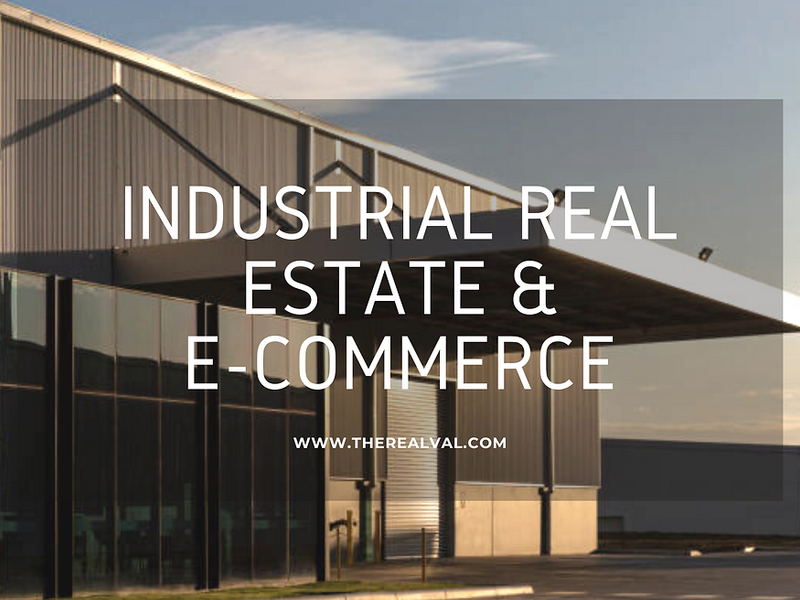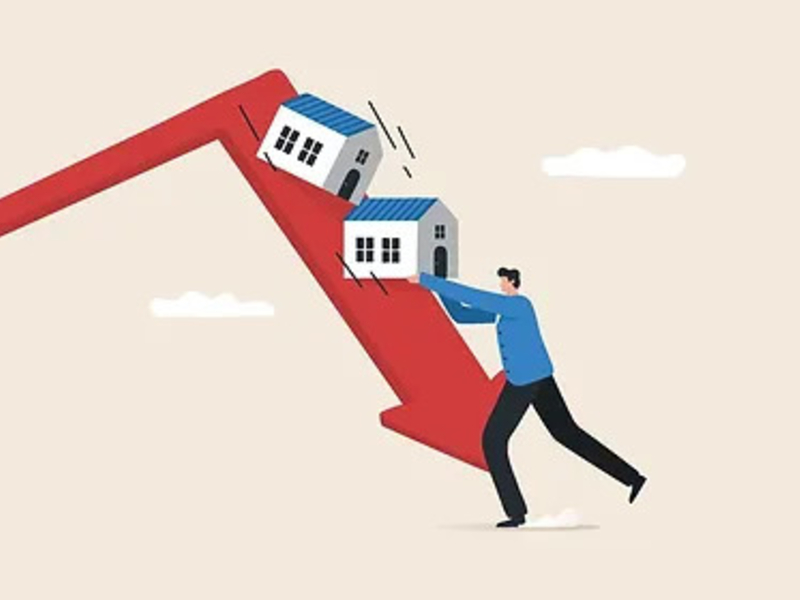Industrial Real Estate industry has been undergoing a rapid transformation, and it may not come as a surprise that the thing responsible behind is the internet taking the world by storm. The fate of Industrial Real Estate and warehouses is related to the rise of E-commerce, because as E-commerce continues to grow and change, the warehouses shouldn’t be slow to adapt to that change, to succeed.
The dawning of ecommerce has had a significant impact on the industrial real estate industry, as e-commerce grows, so does the need for Industrial Real Estate, to support the supply chain with more warehouses and distribution centers. According to a 2023 CBRE Research study, for each incremental $1 billion in growth in E-commerce sales, there needs to be an additional 1.25 million square feet of distribution space to support the channel growth.
How has the ecommerce revolution impacted the demand/opportunities for warehouses?
· The impact of online sales on industrial real estate has been quite significant. Warehouses built in the United States between 2018 and 2021 are generally taller and more spacious compared to those constructed between 2002 and 2007.
· As e-commerce companies increasingly rely on warehouses to streamline their supply chain operations, there is a growing projection of increased investment in industrial real estate.
· Efficiency is crucial for these spaces to ensure a smooth flow of goods through every stage of the process. Owing to technological advancements like automation and AI, industrial real estate spaces have the potential to further enhance productivity and efficiency in the upcoming years.
The challenges faced by the industrial real estate sector in adapting to the E Commerce spurt:
1. Striking a balance: Striking the correct balance between urbanization and the requirement for efficient industrial zones in metropolitan areas has become a key problem.
2. Efficiency: Industrial spaces are required to operate efficiently, to ensure a steady flow of goods throughout the supply chain. To achieve this, investments in technological advancements like automation and AI are non-negotiable.
3. Increased Demand for Space: The growing e-commerce supply chain necessitates much more warehouse and logistics space, almost 3x more than traditional retail operations. This has resulted in a significant surge in demand for industrial real estate.
4. Handling Reverse Logistics: A unique challenge is the need for 20% more space to handle product returns and reverse logistics compared to regular sales. This presents an added challenge in terms of space utilization and operational efficiency.
5. Rising Capital Costs: Despite increased demand due to e-commerce expansion, rising capital costs and growing availability rates are likely to have a negative influence on demand for industrial real estate. This creates a problematic situation for the sector.
The emerging trends in Industrial Real Estate that investors can focus on:
1. Micro Fulfillment Centers: These are compact storage facilities strategically located across cities, serving as storage hubs for major e-commerce companies. Having more fulfillment centers near the end consumer enables companies to reduce transit times and augment delivery speed.
2. Multi-storey Warehouse: Individuals facing floor space limits and rising real estate costs, particularly in congested metropolitan regions, find multi-story warehouses to be the ideal answer. This vertical design makes the best use of the available floor space, with each level or story reaching a height of around 10 meters.
3. Cold Storage for perishable goods: As technology and automation transform our practices, there is an increasing demand for cold storage facilities. This need extends beyond just food and beverages to include medications, flowers, and other temperature-sensitive things. Proper storage is critical for preserving the quality of these items.
Strategies that help facilitate the Ecom Boom!
1. Ideal Location: Locations near important transportation hubs, ports, and big consumer markets, major roads and well-connected transportation networks is crucial for effective distribution. Last-mile delivery is fulfilled by strategically situating operations near metropolitan centers, with the goal of reducing delivery times and costs.
2. Sustainability Initiatives: Incorporating sustainable practices into your business, such as energy-efficient facilities, environmentally friendly packaging, and trash reduction programs is an added advantage because consumers and companies are increasingly prioritizing environmentally aware partners.
3. Understanding changing industry dynamics: By better understanding how e-commerce is altering the industry, businesses may make educated decisions about where to spend to maximize their return on investment.
4. Adapting to lasting changes: E-commerce has had a long-term impact on all asset sectors, but industrial and retail buildings have been hit particularly hard. Adapting to these changes and investing in assets that meet the changing expectations of e-commerce is a realistic option.
5. Rental Growth: It is critical to analyze the impact of macro trends on rent growth across different property sectors, since this might influence investment decisions in industrial real estate.
Trending





